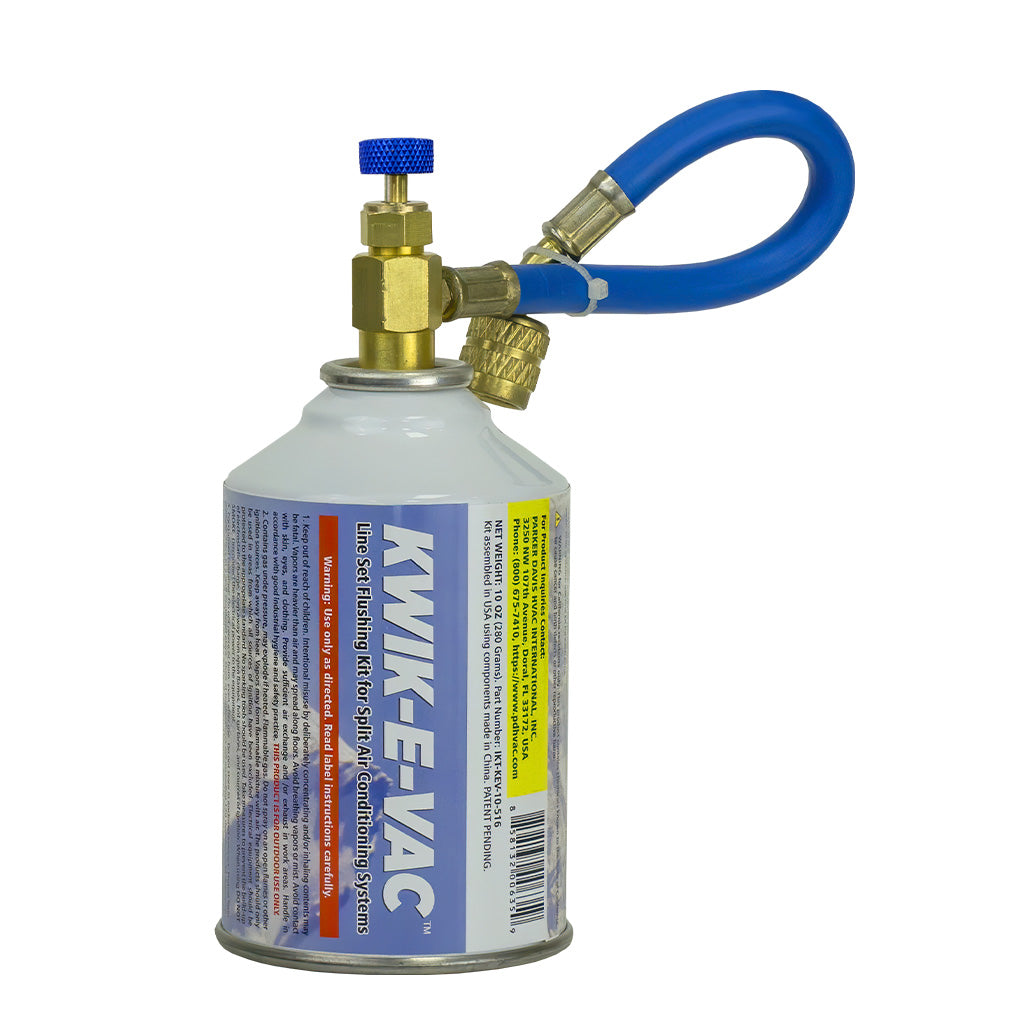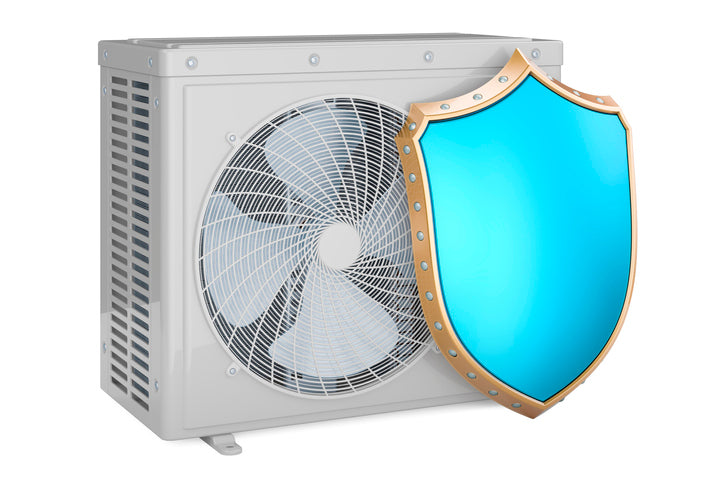How Mini Splits Support Greenhouse Temperature Control

Homeowners with a passion for gardening know all too well how important it is to maintain an ideal environment in a greenhouse. Even the smallest temperature fluctuations can reduce growth and harm your crops. To combat this, many green-thumbed homeowners are turning to mini-split systems.
Learn how mini splits support greenhouse temperature control, so you can choose the right system for healthy plans and maximum yield.
Precise Temperatures
A key benefit of mini-split systems is their ability to provide precise heating and cooling. They allow you to fine-tune the temperature to the exact degree required for your specific plants. If you’re nurturing delicate orchids or growing tomatoes, you’ll appreciate how mini splits keep conditions steady regardless of weather changes outside.
Modern mini splits have advanced thermostats and sensors that monitor conditions in real time. This means the system can quickly react to changes. When an unexpected heatwave or cold snap occurs, the system adjusts automatically to keep the growing environment perfect.
Energy-Efficient Climate Control
Keeping your greenhouse warm in winter and cool in summer can get expensive. This is especially true if you depend on traditional heating and cooling systems.
Mini splits stand out for their energy efficiency facilitated by inverter technology. This technology allows them to use only the energy needed to maintain the set temperature.
Instead of cycling on and off at full power the way older HVAC systems do, mini splits adjust their output to save energy. The result is lower utility bills and a more eco-friendly greenhouse operation.
Optimal Moisture Levels
Another way mini splits support greenhouse temperature control is by managing humidity levels. Low humidity can cause stress to certain plant varieties. High humidity, on the other hand, can lead to mold, mildew, and disease.
A mini split AC unit will draw in the air, capturing the water vapor present in the space. It directs warm air over cold refrigerants, then condenses and extracts the moisture from the air. The system pushes the cooled air back into the space while collecting and storing the moisture.
Through this process of pulling in, condensing, and recirculating air, the mini split gradually decreases the moisture and water vapor. This lowers the humidity levels and results in an environment where your plants can thrive.
From consistent climate control to energy efficiency, mini splits are a practical and reliable way to optimize your growing environment. Implement a ductless mini split AC system from Pioneer Mini Split today to reap the benefits of year-round happy plants and reduced energy costs.







